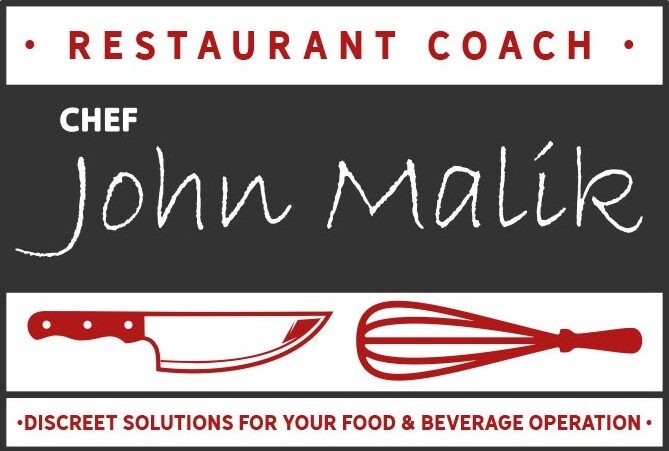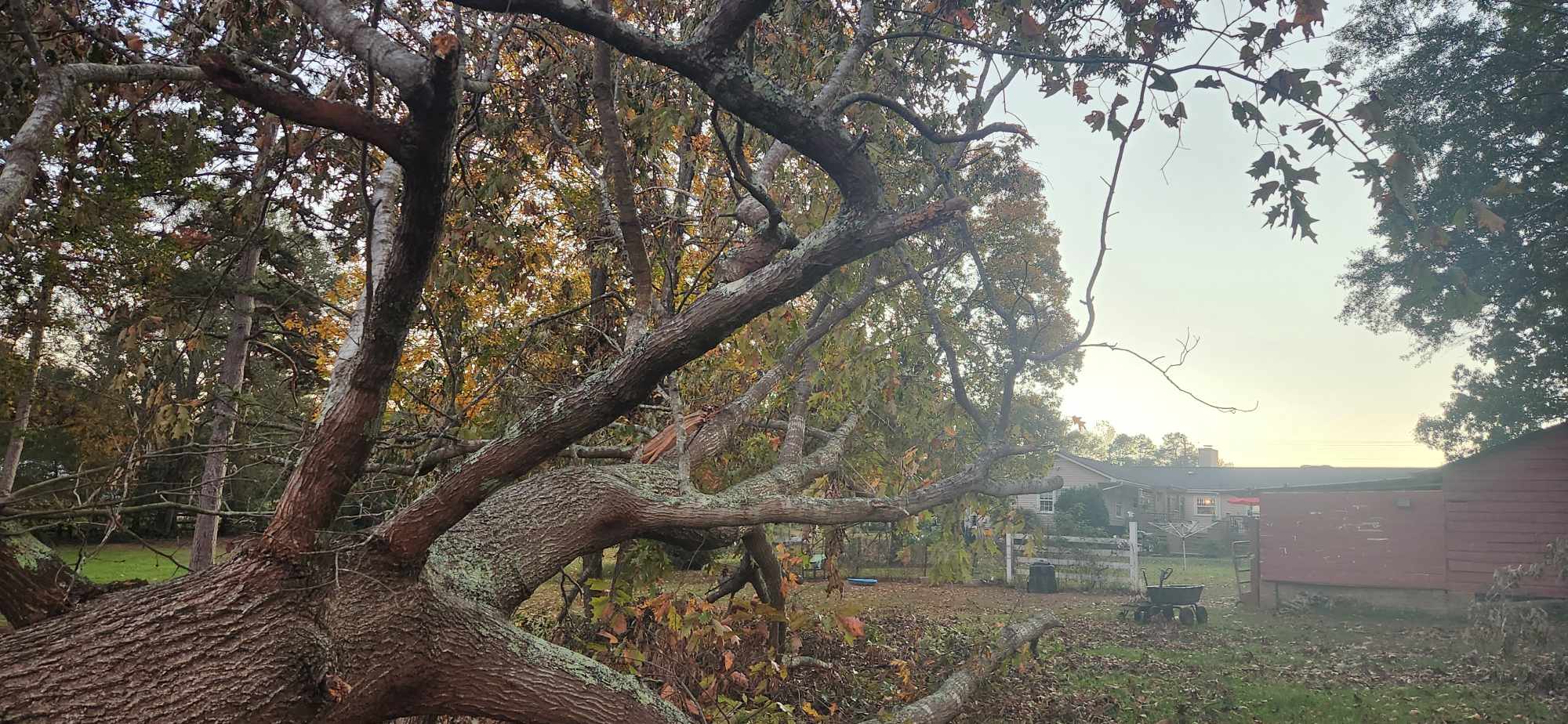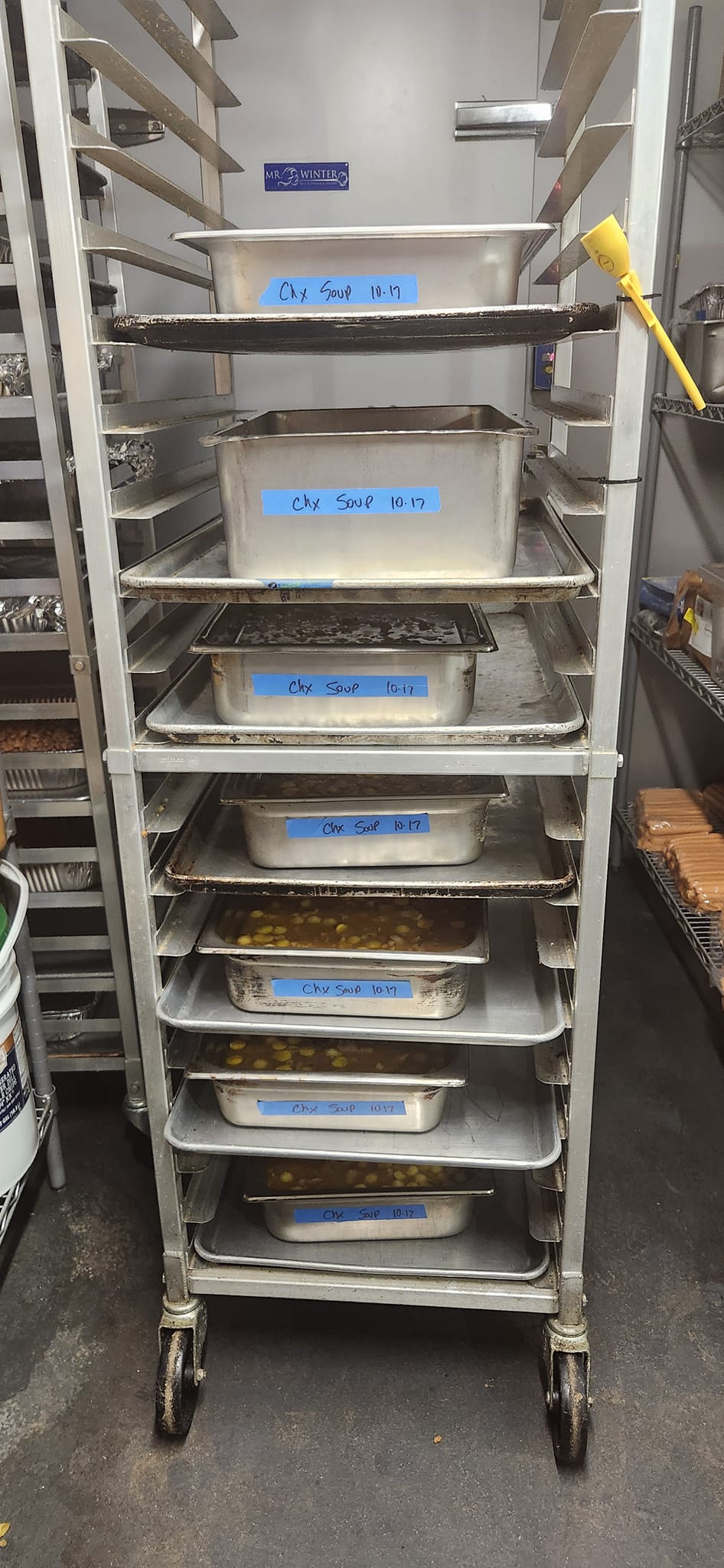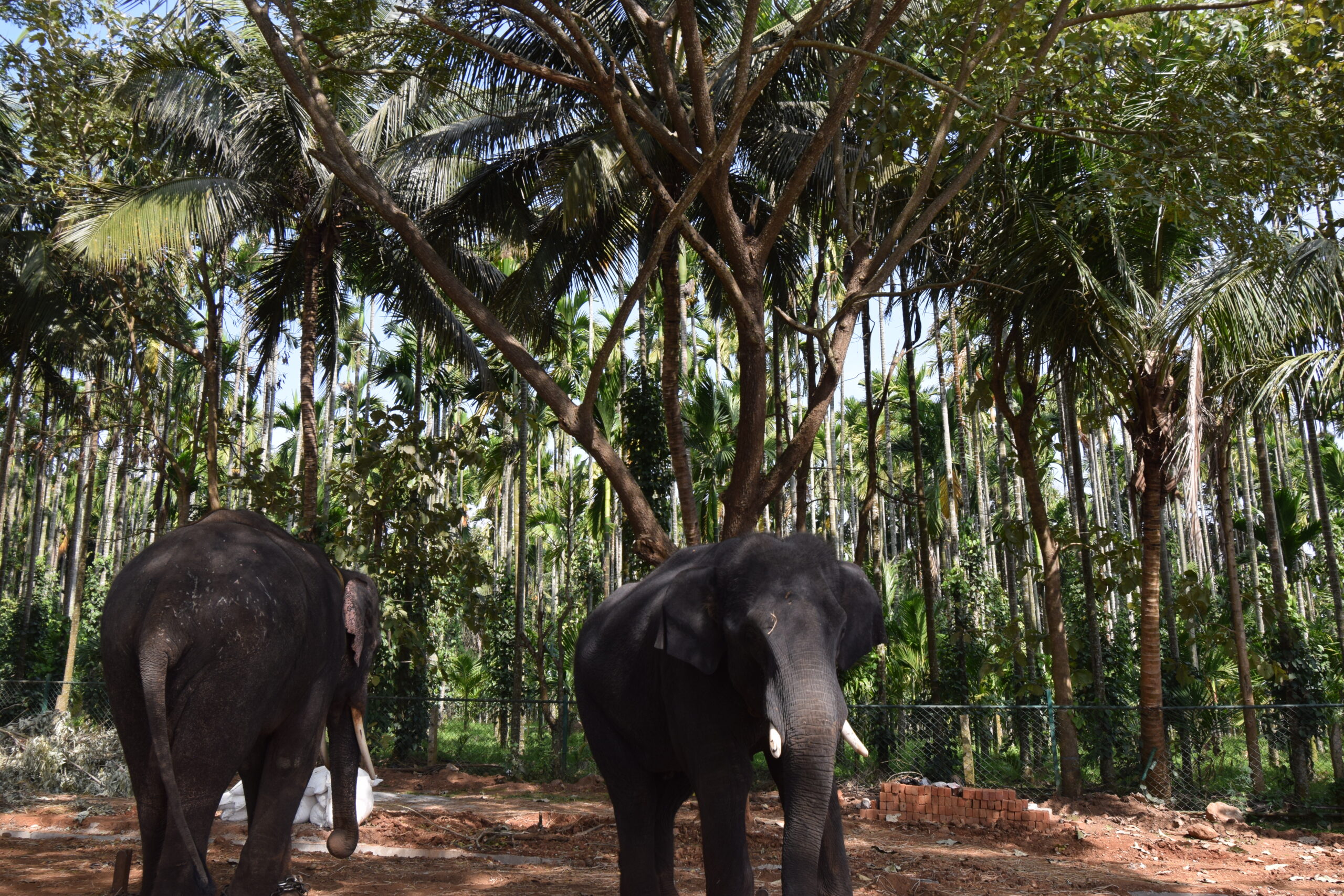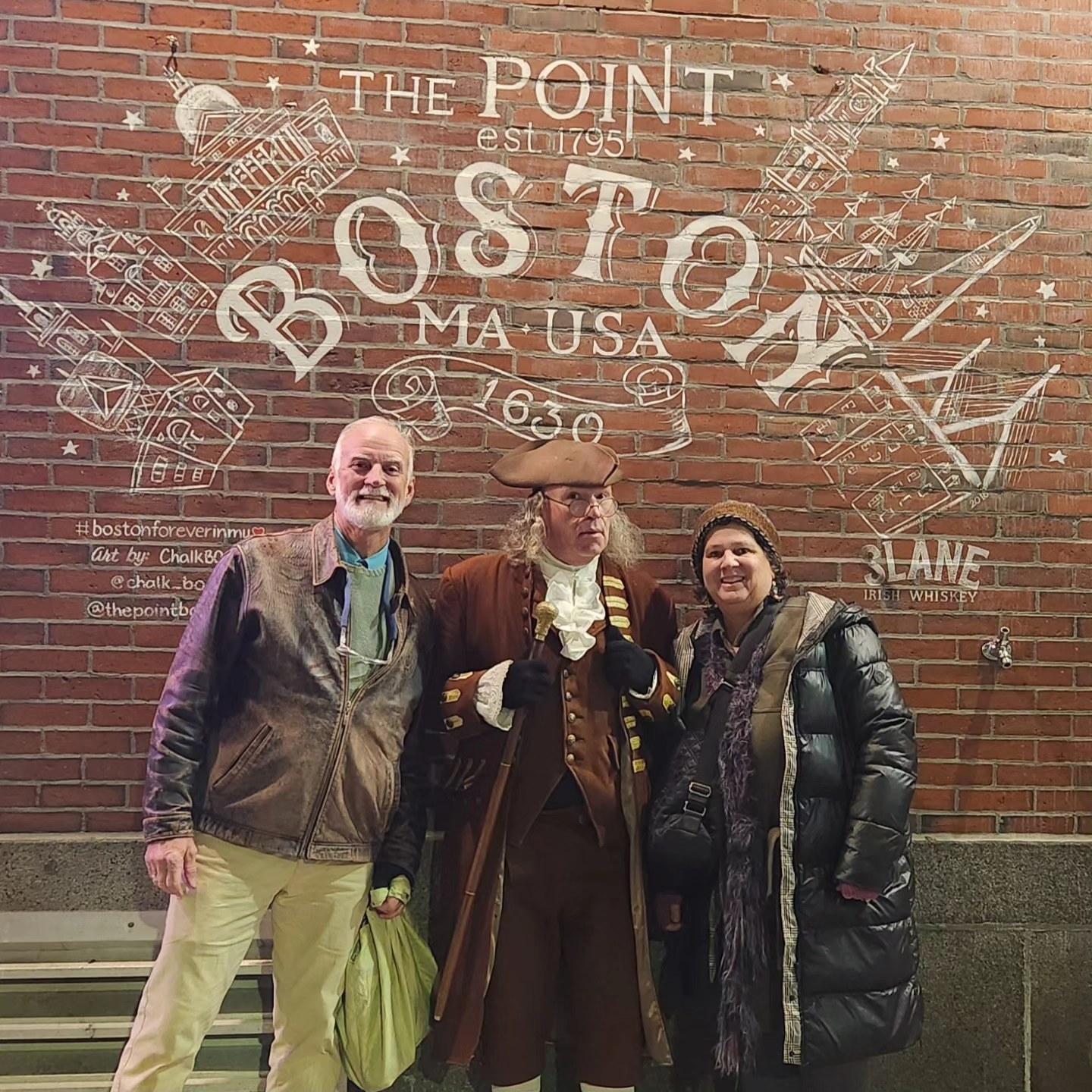Her wood fire crackled, radiating heat into the center of her already 80+ degree home. In this part of Belize, everyone sweats. There’s little electricity, air-conditioning is a very rare luxury, and there’s work to be done. Work for Mrs. Bo is making tortillas, by hand, sometimes 200 or more per day. Mrs. Bo is Q’eche Mayan. In the very plot of earth she travels daily, maybe five thousand years ago her ancestors settled, created an astounding modern society and culture, which eventually succumbed to drought, Spanish Conquistadors, then British rule. The modern Mayan culture of Belize’s Toledo District, 40 years after the British left, is on display this morning in Mrs. Bo’s kitchen as she shares a lesson in fortitude and perseverance. Her kitchen is a single room, on a concrete slab. The walls are one layer of pine, the soaring roof is thatch palm. She has an open, wood-burning hearth a few chairs, and lots of tools. Pigs and chickens graze freely in her yard and when the breeze blows, it races through the pine boards and right through her kitchen. Mrs. Bo’s husband has worked two jobs and tended to a large farm so she can live in a small concrete home without gaps in the walls. A few years ago, when the folks at Cotton Tree Lodge were looking around for a Mayan cook to offer a cooking class to their guests, Mrs. Bo learned English just for the opportunity.
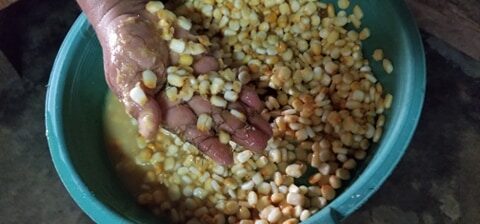
She welcomes us into her home, tells us we are free to ask any question, and reminds us this is a hands-on class. We start with shucking corn, dried corn. You’ve probably seen dry brown stalks of corn in the US and perhaps you wondered why it was left on the stalk for so long. It was left to dry. Typically, this is done with feed corn, however, in this part of the world the corn ripens at the beginning of the dry season. If the weather doesn’t cooperate, there’s always the crib.
Mrs. Bo’s corn was once white, the kernels now have a porcelain appearance and have long retreated away from their neighbors. She quickly peels away the layers of dried husk, tilts the ear towards the bowl at our feet then rotates the cob while her thumbs coax the kernels into the stainless steel. The kernels practically jump off the cob and plink into the bowl. She invites us to try, and we’re stymied. The ear she demonstrated with must’ve been drier than ours, correct? She’s finished one ear and I’m struggling to get more than two kernels off at a time. My thumbs cannot dance as hers do, and in my frustration, the ear of corn splits in half making the job a bit easier.
“No cheating” she scolds.
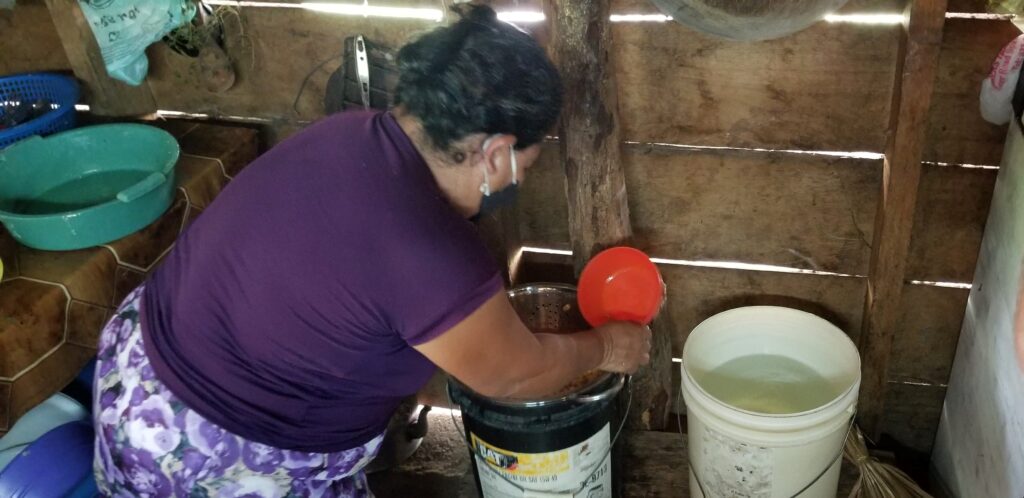
She’s onto the third ear and her four guests haven’t finished one ear. Her hands reach for another cob, which practically undresses for her and soon her thumbs are separating kernels from another cob. Her plinks are fluid, rapid, ours dribble out like a five-year-old beating on his first snare drum.
Fifteen ear’s worth of dried corn kernels now must be soaked overnight. She places them in a five-gallon bucket, covers them with fresh water and adds a little food-grade lime. Generations ago, her ancestors would’ve used ash from the fire in their water to coax the nutritional goodness of the corn out of its shell. This process allows humans to absorb corn’s niacin, intensifies its natural colors, and transforms corn’s proteins into a nutritionally complete version of itself. In Europe, many farming communities with a heavy corn diet suffered Pellagra, a disease caused by insufficient niacin intake and this mystery wasn’t solved until the mid-20th Century. The Mayan technique of liming corn is perhaps 4,000 years old and is just one of their many discoveries. Mrs. Bo already has a bucket of corn she’s soaked overnight and now it’s time to spoon off the husks, squeeze out the water, then grind the moist corn through the hand-cranked grain mill. This is now masa, and it must be kneaded with a bit of water before being passed through the mill a second time. In short order the masa has reached its potential. Now Mrs. Bo grabs a ping-pong ball’s worth, rolls it across her palms, then smacks it onto a disc of wax paper. Now her fingers are one as her palm quickly smooths out the masa into a flat, raw tortilla. What the hell did I just see? With her left hand she spun the tortilla sized wax paper, with her right hand, fingers up, she formed a perfect round tortilla. And it took her perhaps 15 seconds to do so. Again, we are mystified, her motions are so fluid, her finished product so smooth and round. My first tortilla, mimicking her technique, looks like a bumpy slice of Swiss cheese. As I start the next tortilla, I see my chance and grab a can off her shelf, cover my ball of masa with another sheet of wax paper. As I start rolling the masa into that familiar shape I’m cuffed by Mrs. Bo.
“I said no cheating.”
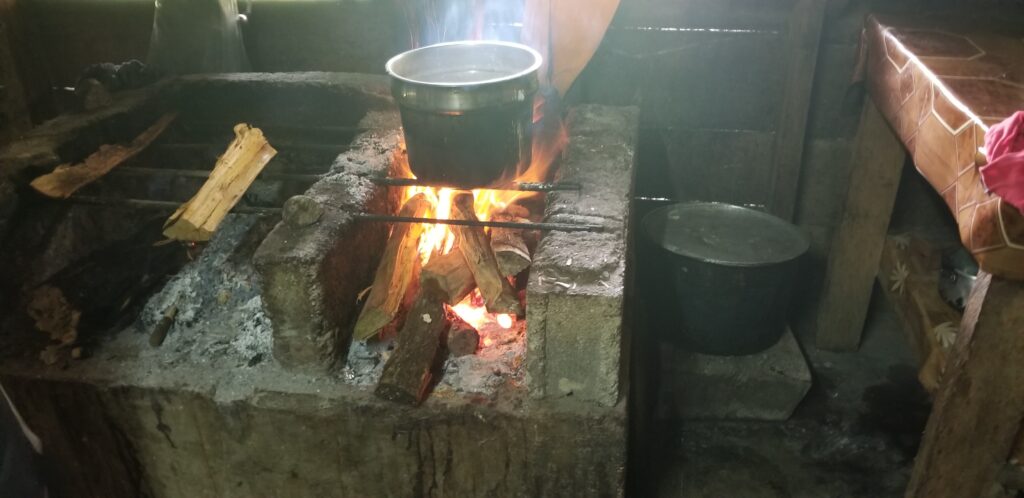
Soon we have a hot comal courtesy the hefty fire in her hearth and our tortillas are earning their familiar brown tattoos. Little discs of ground, dried corn flavored with the water of a loving touch of a woman’s hands and yet they smell amazing. Mrs. Bo has ten children and for years she would wake before the sun, light the fire, grind the masa, and create 75 or more per meal, every meal, seven days a week. Mrs. Bo prepared for us a meal of fresh eggs from her chickens, tomatoes, and boiled green corn from her garden. We are invited to crush the boiled eggs with our fork, likewise the briefly poached tomatoes. Mrs. Bo then digs in with the fresh tortillas.
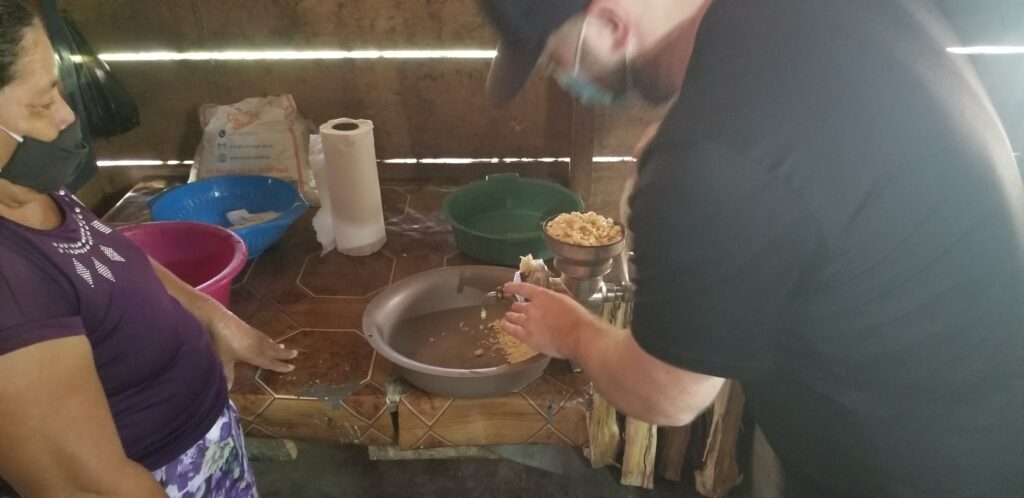
As I consider the meal in front of us, a light bulb comes on and I quickly announce: “Peanut Butter and Jelly.”
“I’m sorry, what?”
The other guests are perplexed, as is Mrs. Bo.
“Remember when we were little kids, your Go To Saturday breakfast or lunch was a PB&J. It was something quick and relatively nutritious you could make in a jiffy and get you through your chores. It had a sugary component for some quick calories, a starchy one in the bread for medium-burn calories, and protein from the peanut butter for long burning calories. We have the same thing here with the fruity tomatoes, starchy tortillas, and protein from the boiled eggs. Back in the day, though, few moms were grinding their own peanuts, or making their own bread and jam.”
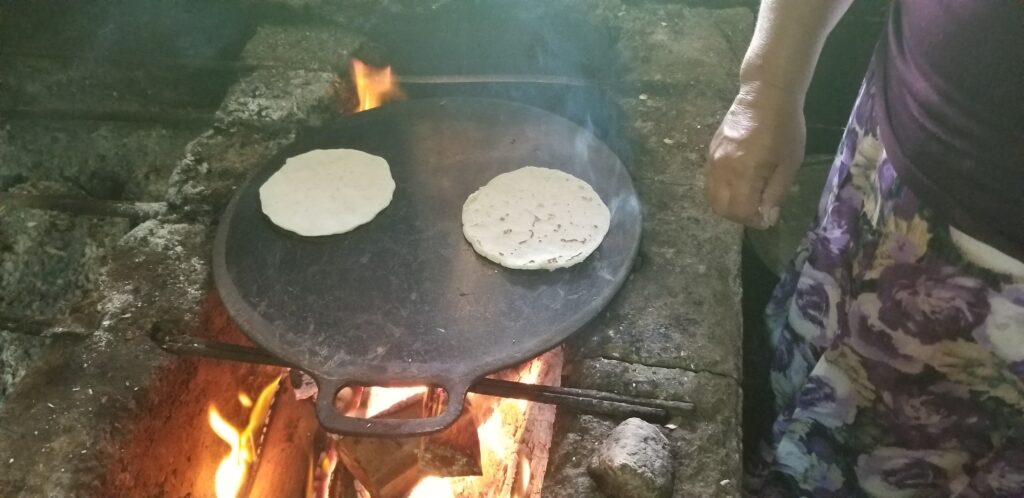
My mom naturally made many loaves of bread, occasionally made fresh fruit jams and often brought home handmade tortillas, where she got them, I do not know. Green corn? That’s something we never had.
To the Mayans, green corn is considered a luxury and is reserved for a special occasion, or visitors like us. Although it puzzles me to dine on corn that hasn’t reached maturity, it is her custom, and not mine. So, I enjoy an ear, pronounce it delicious, and thank her. Mrs. Bo tells us she considered it an honor to wake up, be thankful for another day, and cook the foods of her ancestors.
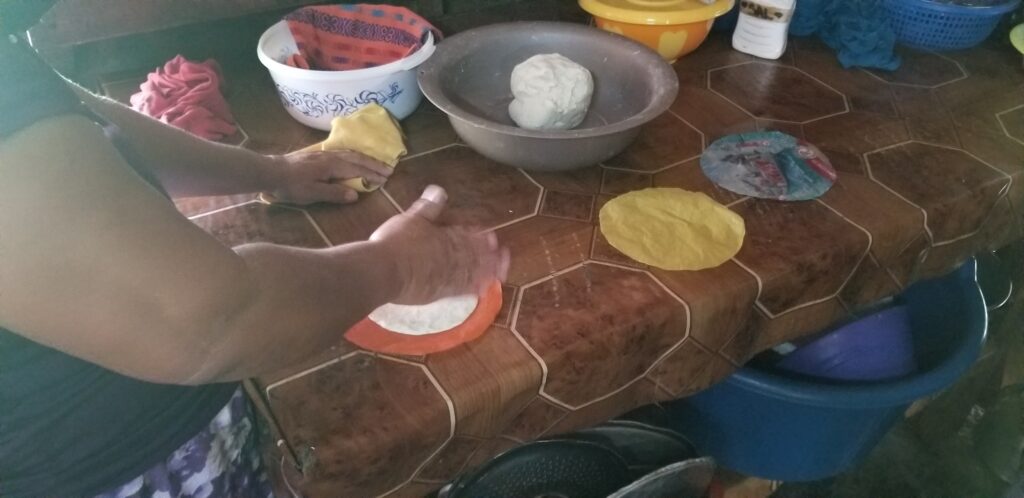
And that’s when I realize I was cheating. Her time-honored techniques were on display for her visitors, and I was cheating on those techniques. Sure, she could use a coffee can to roll out her tortillas, and maybe she did, but this was her time to show what she knew, what her ancestors knew, how they flourished in their ancient world devoid of coffee cans or modern appliances. This was not my time, my place, to look for a shortcut.

To our first world eyes, the Bo’s may live a simple, third-world life, however it’s also a life that weaves throughout their natural world. They still understand the phases of the moon, the stops and starts of the rainy seasons, the appearance of certain butterflies, the shifting winds, the aroma of a proper fire, and the foods of their ancestors. They live in the shadows of their ancestor’s grand temples and while they may no longer practice some of their ancient rituals, they have kept and still appreciate the important ones, the ones I and many others find fascinating. The many techniques these cultures cooked, farmed, and planned for their future, both short and long term, are still needed today. The Mayans of Belize’s Toledo District still live respectfully with nature and it’s a trait we should all understand and appreciate, especially in this age of 21st century “sustainability”. What I don’t understand is our labeling of such cultures as “Third World.” As if our lives, our “First World” concerns carry more weight, more validity than theirs. That somehow our infatuation with “things” such as gloomy mass-produced, flatulent tortillas are the product of a “better” civilization and grants us a higher standing on the world’s stage. While we look for answers to the world’s challenges of sustainability, Mrs. Bo quietly spends her mornings grinding dried corn into fresh masa and creating something beautiful, memorable, and sustainable.
~John
You’re reading the year-long adventures of John & Amy Malik in Belize, Central America. We’re professional chefs, restaurant owners, food & travel writers, adventurers, recovering tent campers, and hikers. We prefer authentic street food over a steakhouse, craft beer over traditional lager, a glass of Spanish Garnacha over California Merlot. Should you feel so inclined, please share this essay with someone you’d take on a rustic adventure, and sign up for our next dispatch from Belize. Just click here.
